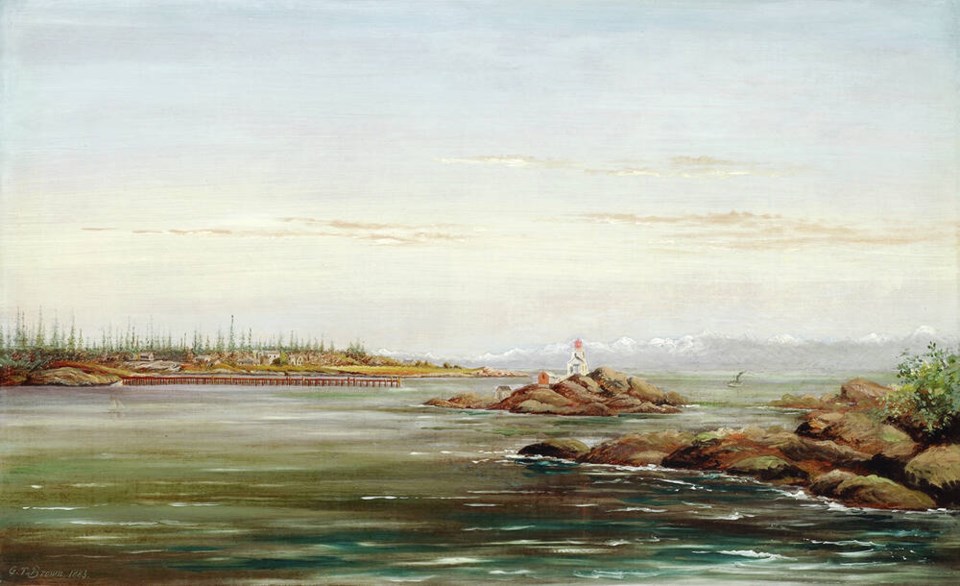A significant painting depicting Victoria’s early history has been acquired by the Royal British Columbia Museum.
Entrance to the Harbor, by African-American artist Grafton Tyler Brown, was completed in 1883 and is one of very few works from Brown’s stay in Victoria.
It was the signature painting in Brown’s 1883 exhibition, billed as the first art exhibition in the city of Victoria, which was incorporated in 1863.
The museum purchased the painting from the Uno Langmann Limited Fine Art Gallery through the legacy gift of Elizabeth Munro Rithet.
“This is a significant acquisition, supporting the museum’s collection strategy, that paints an inclusive portrait of late 19th century B.C.,” the museum said.
To celebrate the acquisition, Brown’s career and Black History Month, the museum has partnered with the University of Victoria’s department of history to host a virtual lecture by art historian and associate dean of equity and excellence at the University of New Mexico, Kirsten Pai Buick.
The lecture, “Go West Young Man”: Grafton Tyler Brown’s Landscapes and the Complexities of the Frontier, is scheduled for 5 p.m. on Thursday. It will explore Brown’s career and the continued importance of his paintings today.
“We are very excited to welcome Dr. Pai Buick to help us celebrate and better understand Grafton Tyler Brown,” said Dr. Jason M. Colby, department of history chair at the University of Victoria. “Brown is known today as the first and one of the best Black landscape painters of the Pacific Northwest and his paintings provide a unique window into British Columbia history.”
Entrance to the Harbor has been added to the museum’s online exhibition, 100 Objects of Interest, which is reserved for outstanding highlights from the museum collections of more than seven million historical objects.




